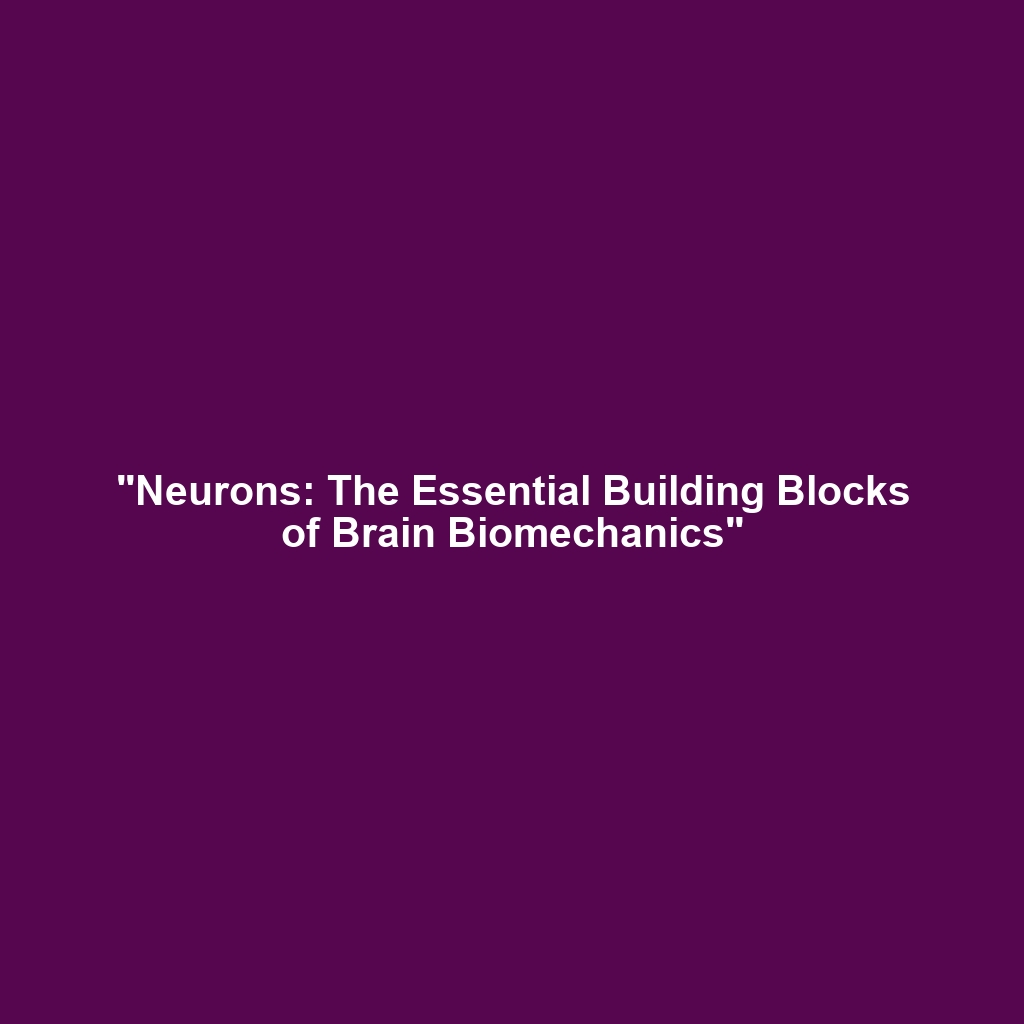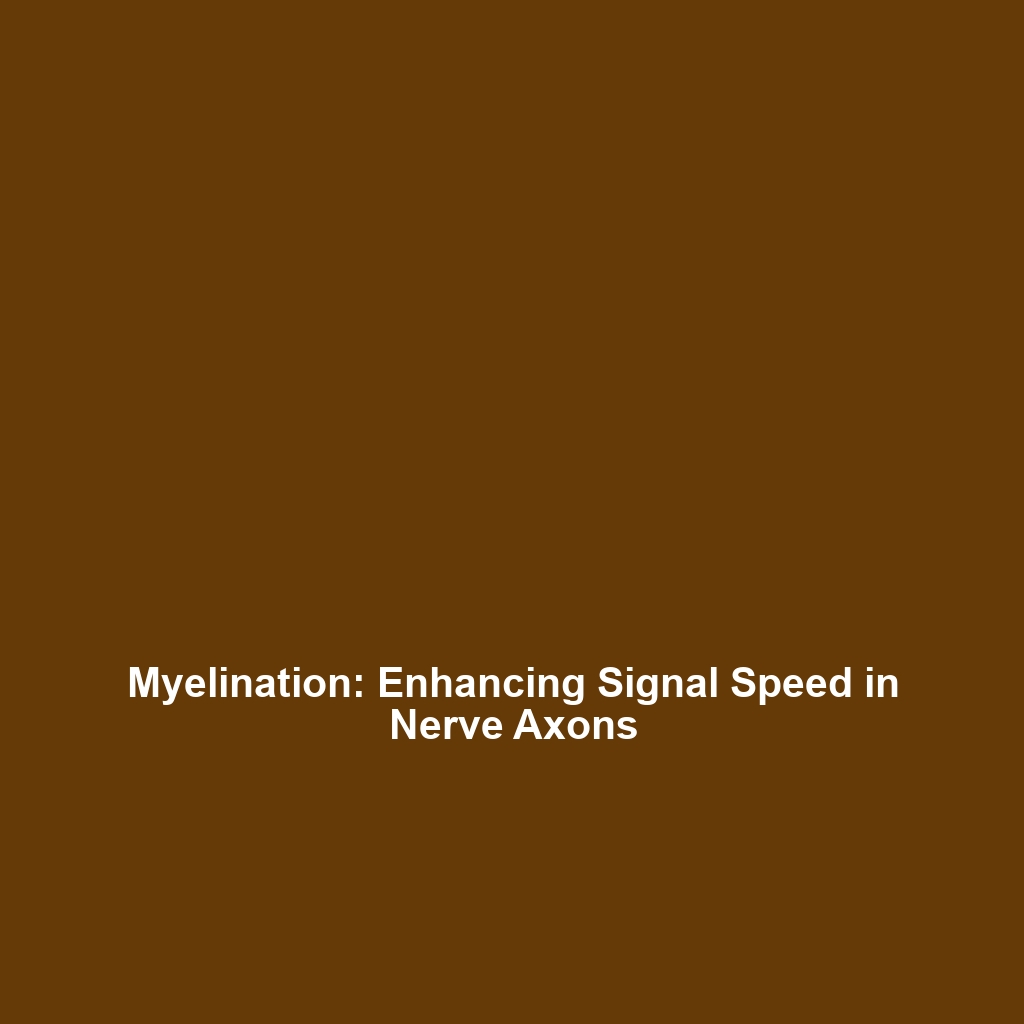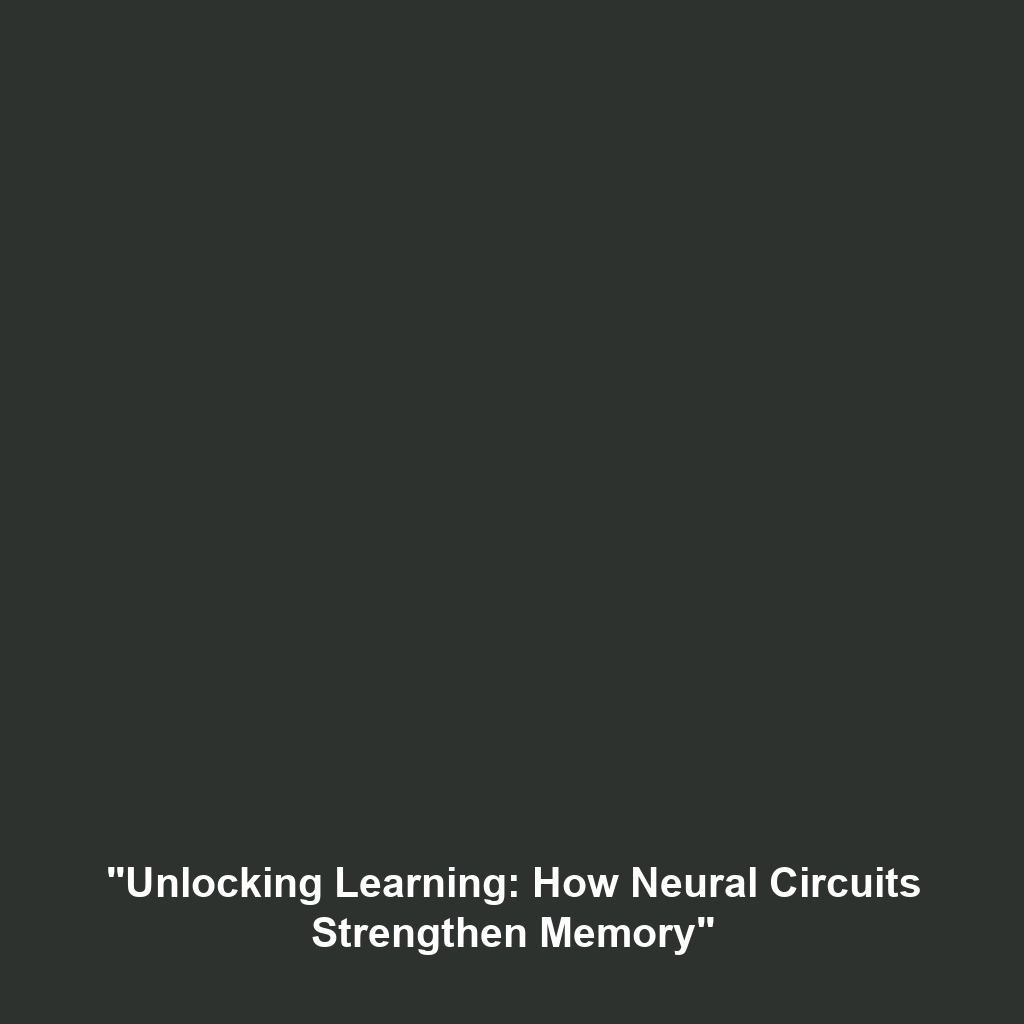Neurons: The Building Blocks of the Brain
Neurons, the fundamental units of the brain, play a pivotal role in transmitting information throughout the body. Understanding these intricate cells is crucial in the realm of biomechanics, as they connect anatomical structures and facilitate complex motor functions. This article delves into the significance of neurons within biomechanics, exploring their structure, function, applications, and the challenges faced in their study.
Key Concepts of Neurons in Biomechanics
Neurons are specialized cells designed to transmit nerve impulses through electrical and chemical signals. They possess unique structures that enable them to perform their functions effectively. Here are some major concepts:
1. Structure of Neurons
Neurons consist of several key parts: the cell body, dendrites, and axon. The cell body houses the nucleus, while dendrites receive signals from other neurons. The axon transmits impulses away from the cell body, often insulated by myelin to enhance signal speed.
2. Signal Transmission
Neurons communicate using action potentials—rapid rises and falls in voltage. This process is critical in biomechanics as it governs muscle contractions and movement control. Understanding this signaling is essential for developing effective biomechanical systems.
3. Synaptic Connections
Neurons connect through synapses, allowing for complex interactions within neural networks. This connectivity is integral to motor control and coordination, impacting biomechanics significantly.
Applications and Real-World Uses of Neurons in Biomechanics
The study of neurons has various practical applications within biomechanics:
- Prosthetic Development: Understanding neuronal signaling enables engineers to design advanced prosthetics that respond to the brain’s electrical impulses, improving user experience and functionality.
- Neurorehabilitation: Knowledge of neuron function informs rehabilitation techniques for patients recovering from strokes or injuries, enhancing motor control and physical outcomes.
- Biomechanical Modeling: Neurons play a crucial role in creating models that simulate human motion, providing insights for athletic performance and injury prevention.
Current Challenges in Studying Neurons
Despite advancements, several challenges persist in studying neurons related to biomechanics:
- Complexity of Neural Networks: The intricate connections and variations of neurons complicate efforts to understand their full functionality.
- Measurement Difficulties: Accurately measuring neuronal activity and its impact on biomechanics requires advanced technologies that are still being developed.
- Ethical Considerations: Research involving human subjects raises ethical questions, particularly in studies of neurotechnology applications.
Future Research and Innovations
The future of neuron research holds promise for biomechanics through innovative technologies:
- Brain-Computer Interfaces (BCIs): Advancements in BCIs could revolutionize how we interact with devices and enhance rehabilitation.
- Stem Cell Therapies: Research into stem cells offers potential solutions for regenerating damaged neurons, aiming to restore lost motor functions.
- Artificial Intelligence: Integrating AI with neural data may lead to breakthroughs in understanding brain signals and biomechanics.
Conclusion
In summary, neurons serve as the building blocks of the brain, critical for driving biomechanical processes. Their complex structure and function reveal insights into not only human movement but also advancements in technology and medicine. As research progresses, understanding neurons will continue to shape the future of biomechanics.
For more information on the intersection of neuroscience and biomechanics, explore our related topics on Neurobiology and Biomechanical Engineering.


